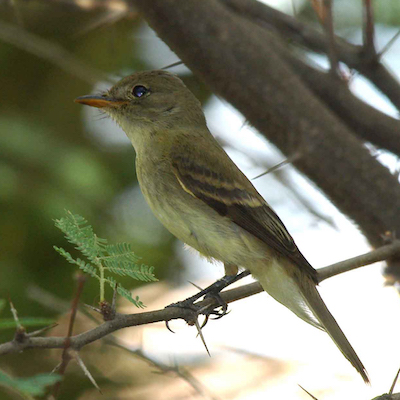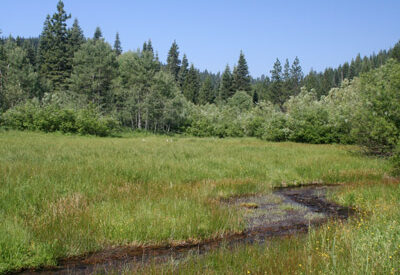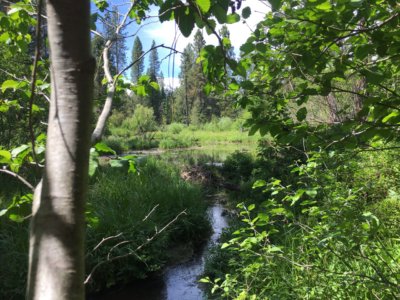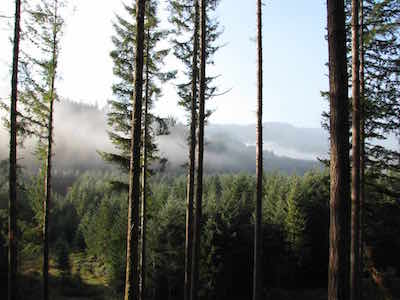
Quick Facts
Latin Name: Empidonax traillii
Status: No special status
Population: North America (summer), Mexico, and Colombia (winter)
Diet: Insects
Weight: 0.4–0.6 ounces
Length: 5.1–6.7 inches
About the Willow Flycatcher
Most songbirds learn their calls as they age, but the song of the willow flycatcher is innate. Young willow flycatchers raised in captivity without another member of the species to serve as a tutor will still sing typical willow flycatcher songs.
The willow flycatcher is very similar to the alder flycatcher, and for a time the two were considered to be the same species. While they are basically identical in looks, the two birds have a different song.
Females lay 3-4 eggs during mating season, and both females and males bring food for the hatchlings. After hatching, young willow flycatchers are able to fly after about 2 weeks.
For more information: The Cornell Lab of Ornithology
Photography: Image #1 by Andy Reago & Chrissy McClarren, Image #2 by U.S. Department of Agriculture






